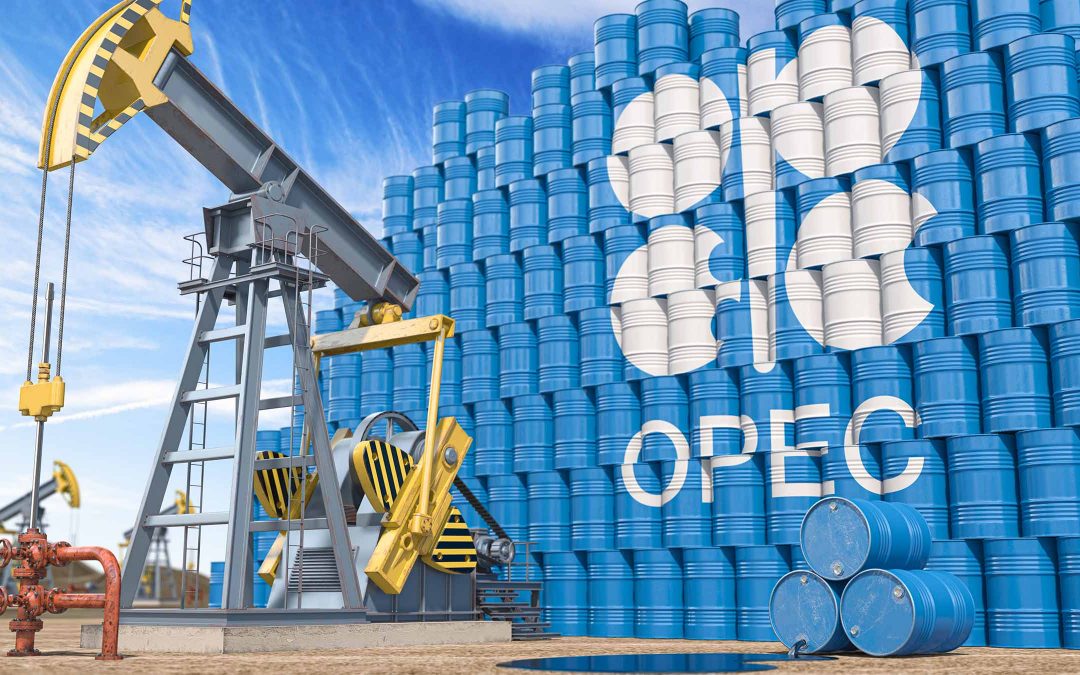There was no surprise that a top meeting of OPEC+ ministers opted to keep output policy unchanged since the global crude oil market is almost exactly where the exporter group wants it.
OPEC+’s ministerial committee on Wednesday kept the current output targets but did note that some countries had been over-producing and had undertaken to increase compliance.
This means that the voluntary production cuts of 2.2 million barrels per day (bpd) will remain in place until at least the end of June, joining the existing 3.66 million bpd of cuts agreed in 2022.
The voluntary production cuts are led by Saudi Arabia and Russia, the top exporters in the group which brings together the Organization of the Petroleum Exporting Countries (OPEC) and allies.
Crude oil prices have rallied in recent months, with benchmark Brent futures LCOc1 hitting a six-month high and coming within one cent of $90 a barrel during Wednesday’s trade.
Lower production from OPEC+, tensions in the Middle East from the Israel-Hamas conflict, and signs of stronger demand have all contributed to Brent’s rally from a low of $72.29 a barrel on Dec. 13 to the close of $89.35 on Wednesday.
OPEC+ doesn’t formally target an oil price level, but it’s believed that most of the member countries currently favour a price closer to $90 a barrel than the $70 levels from late last year.
With the price now at that level, the trick for OPEC+ is getting $90 to act as an anchor around which the price can trade with the usual daily volatility, which is often driven by news headlines on events that threaten supply or change anticipated demand.
The risk is that $90 a barrel is surpassed and crude heads back toward $100, which is likely to fuel a new round of inflation in importing countries, as well as hurting anticipated demand growth.
Brent averaged about $82.10 a barrel in 2023, so any level well in excess of that will add to inflationary pressures and make monetary easing by central banks all the harder to deliver.
Stronger oil prices may also crimp demand, especially in the price-sensitive developing economies in Asia, the world’s top importing region.
Source: Hellenic Shipping News






